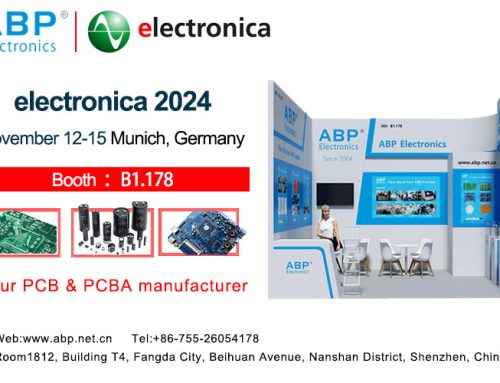When we think of printed circuit boards, we usually think about their designs and the applications in which they are used. We may even think about the components that are chosen for a particular application. However, there is one component that we always take as a given – the bare printed circuit board.
Many of us know that the bare board is a printed circuited board without any components on it. However, did you know that even a bare PCB can have defects? The most common defects are opens (over etchings), shorts (under-etchings), and holes. Due to this, many companies offer the option of bare board testing.
What are Bare Board Tests?
Basically, these are electrical tests that are conducted to check for the following:
-Stability between interconnected pads
-Isolation between individual circuit patterns
These tests are usually conducted with currents under 100 milliamps, and with a threshold between 10 and 50 ohms.
Why are These Tests Important?
Mounting technologies have resulted in the increase in higher component density and the number of through holes. Highly populated PCBs that have not undergone bare board testing have been known to fail in applications. Also, PCB manufacturing is an extremely specialized process. Most fabricating companies do have bare board manufacturing capabilities. Furthermore, it is much cheaper to purchase bare boards from a supplier in bulk. All these reasons have made the testing of the bare board an important task.
Benefits of Bare Printed Circuit Board Testing
While some companies may find these tests to be a time consuming task, there are certain benefits that can be acquired by performing them.
-The overall setup time, testing duration, and costs are minimal.
-They are extremely effective for PCBs with SMT and fine line mounting technologies.
-Initial board testing can reduce the overall costs of on-field testing, repair, and maintenance.
So, if you ever decide to go in for a new PCB, be sure to ask the manufacturing company about bare board testing. It will surely make a difference to the PCB’s performance in your application.



